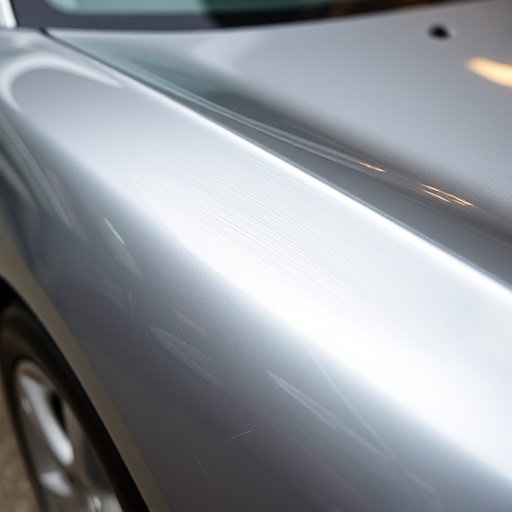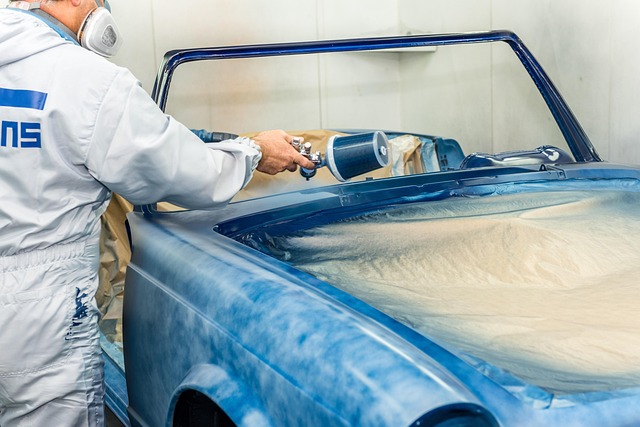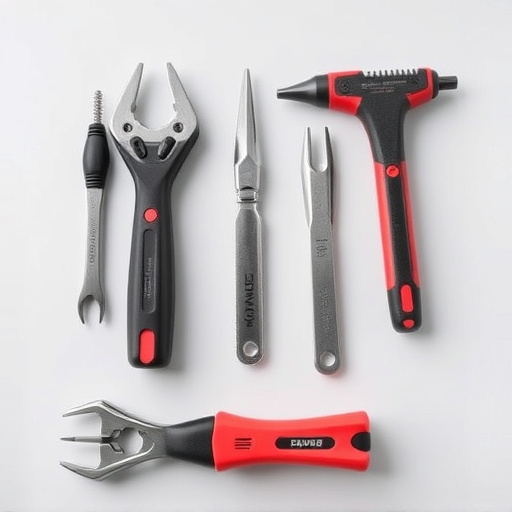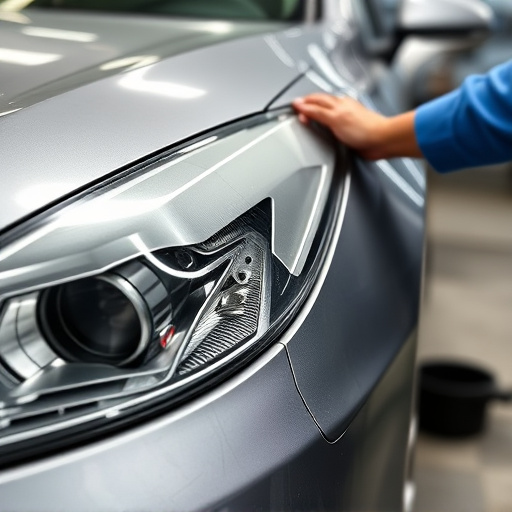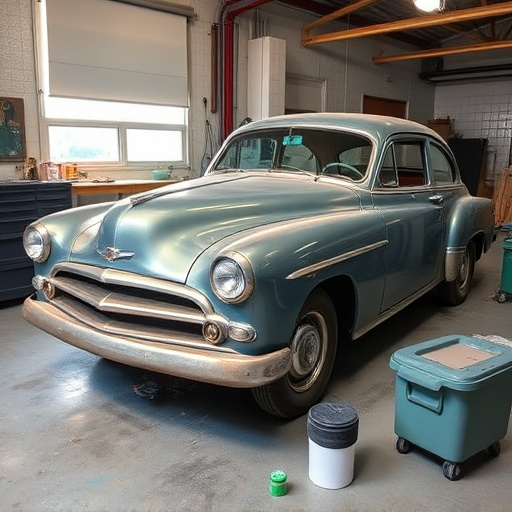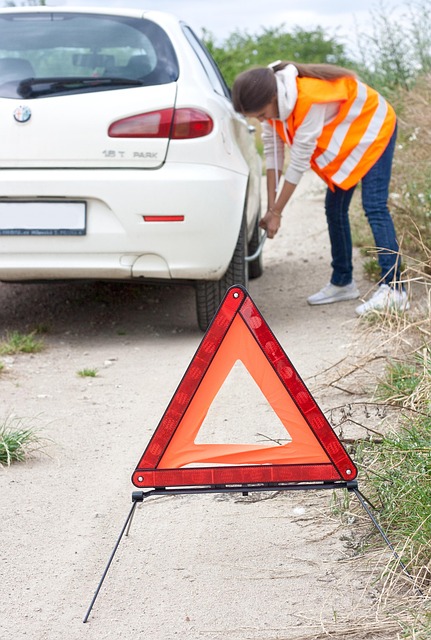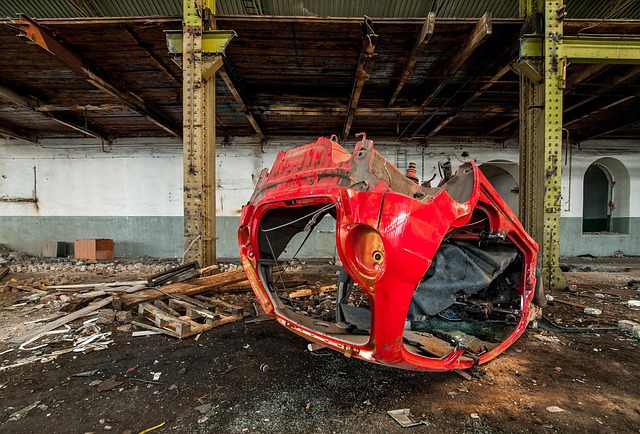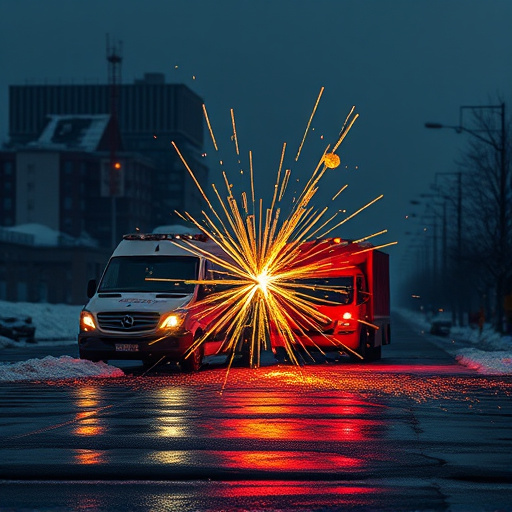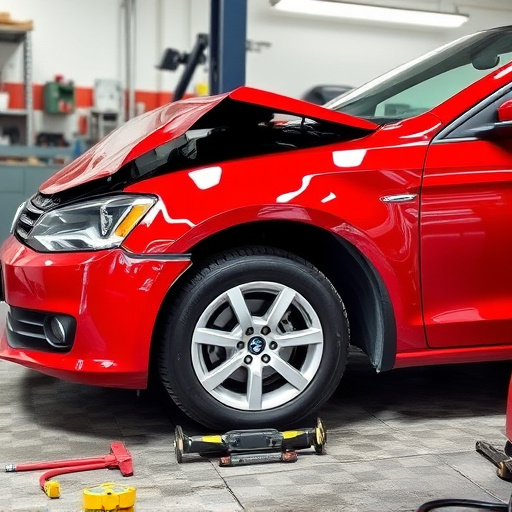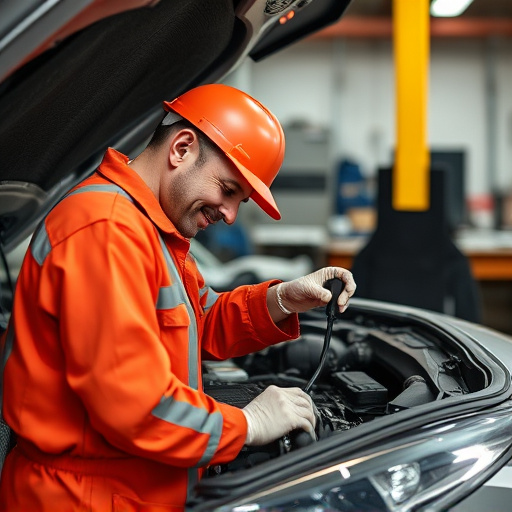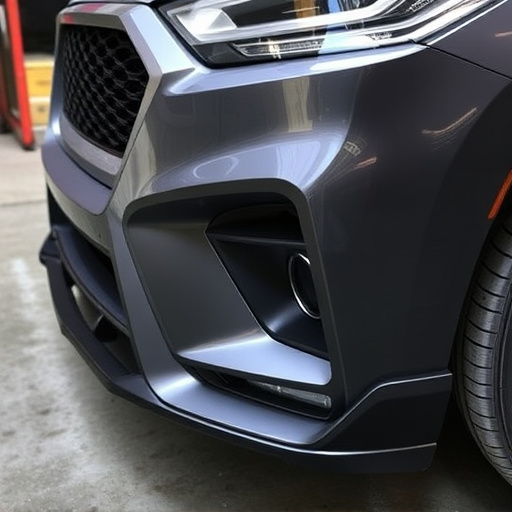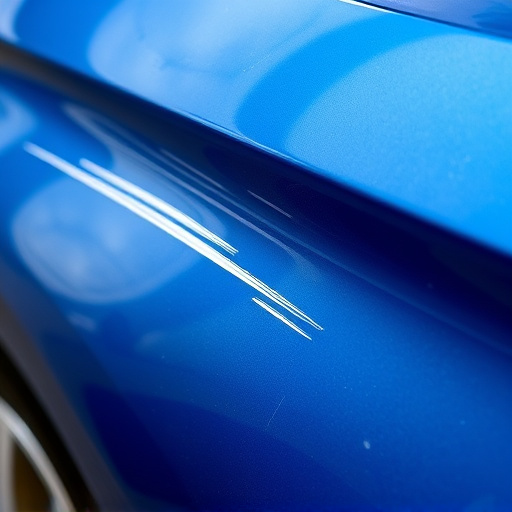Understanding auto body repair pricing involves recognizing that costs vary greatly based on damage severity, classified as minor or major. Minor collisions have affordable repairs like dent removal and windshield replacement, while major collisions require complex work such as structural repairs and complete paint jobs, significantly increasing prices. Shops price based on labor rates, time required, location, and shop type, with package deals and discounts influencing pricing. Comparing estimates from different auto body shops ensures fair, transparent pricing for both minor and major accidents, considering material, labor, warranty, overhead, and profit margins.
“Auto Body Repair Pricing can vary drastically depending on whether a collision is minor or major. This article guides you through the intricate pricing structure, shedding light on the factors influencing costs for minor repairs, and what to expect during turnaround times in case of major accidents. Understanding these dynamics ensures informed decisions when navigating auto body repair, empowering you with knowledge to manage your expenses effectively.”
- Understanding Auto Body Repair Pricing Structure
- Factors Influencing Minor Collision Repairs
- Major Accidents: What to Expect in Terms of Cost and Turnaround Time
Understanding Auto Body Repair Pricing Structure
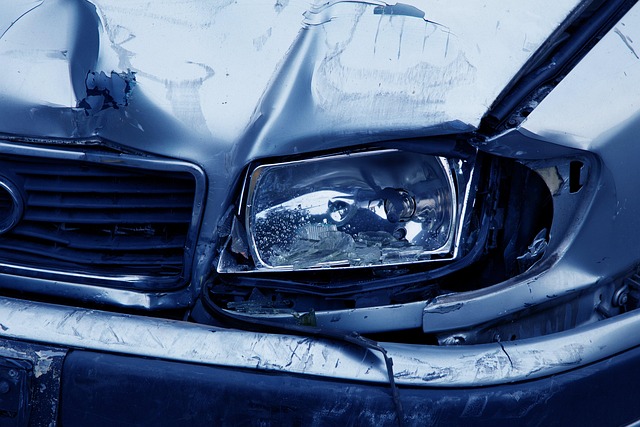
Understanding auto body repair pricing structure is key to navigating the process after a collision. The cost can vary greatly depending on the extent of the damage, which typically classifies repairs as minor or major. Minor collisions often involve dents, scratches, or small cracks in the glass, resulting in relatively affordable auto body repair prices. These repairs usually include tasks like dent removal, painting, and windshield replacement. On the other hand, major collisions can lead to more complex and costly auto body work. This may encompass structural repairs, frame straightening, and complete paint jobs due to extensive damage to various parts of the vehicle.
Auto body shops typically break down pricing based on labor rates and the time required for specific tasks. Labor costs vary by shop and location, while the complexity and amount of work needed determine the time involved. Additionally, some auto body repair shops offer packages or discounts for certain services, further influencing the final price. It’s important to inquire about these details when comparing vehicle body repair estimates from different auto body shops to ensure you’re receiving fair and transparent auto body work pricing.
Factors Influencing Minor Collision Repairs
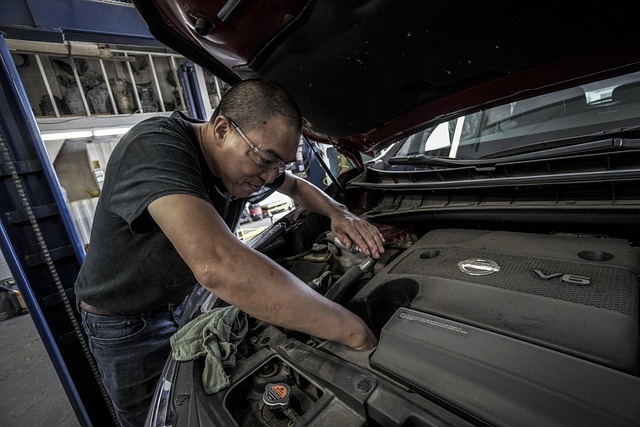
Various factors contribute to the complexity and, consequently, the auto body repair pricing for minor collisions. While these repairs tend to be less extensive than major accidents, several elements come into play when determining the cost. One significant factor is the extent of the damage; even seemingly small dents or scratches can require specialized tools and techniques to ensure a perfect finish. The type of material used in the vehicle’s bodywork also plays a role, as different metals or composite materials may have varying repair requirements.
Additionally, labor costs vary depending on the shop’s location, their experience with similar repairs, and the complexity of the job. For minor collisions, these costs can be influenced by the availability of quick-fix solutions, such as spot welding or panel replacement techniques tailored to specific vehicle models. The overall auto body repair pricing for these cases often includes not just the material and labor but also considerations like parts warranty, shop overhead, and profit margins.
Major Accidents: What to Expect in Terms of Cost and Turnaround Time
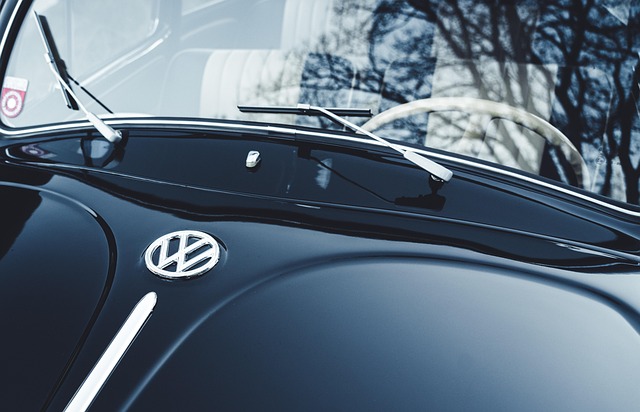
Major accidents often result in significant auto body repair pricing due to the extensive damage they cause. These collisions can involve complex structural issues, including damaged or distorted frames, crushed panels, and broken glass. The turnaround time for such repairs is typically longer because of the intricate work required. Body shops will need to invest more time and resources to ensure that every component is safely replaced or repaired to factory standards.
Compared to minor accidents, major collisions often necessitate a more thorough inspection and repair process involving multiple specialized technicians. This can include auto frame repair, vehicle body repair, and car damage repair, each requiring specific skills and equipment. As a result, the overall cost can be substantial, reflecting the level of expertise and materials needed to restore the vehicle to its pre-accident condition.
When it comes to auto body repair pricing, understanding the distinctions between minor and major collisions is key. Minor accidents often result in more affordable repairs due to less extensive damage, while major crashes can involve significant costs for parts replacement and extensive labor. By factoring in elements like vehicle age, panel complexity, and shop rates, drivers can anticipate and budget for necessary repairs effectively. Navigating auto body repair pricing becomes less daunting when armed with this knowledge, ensuring peace of mind during an otherwise stressful situation.
